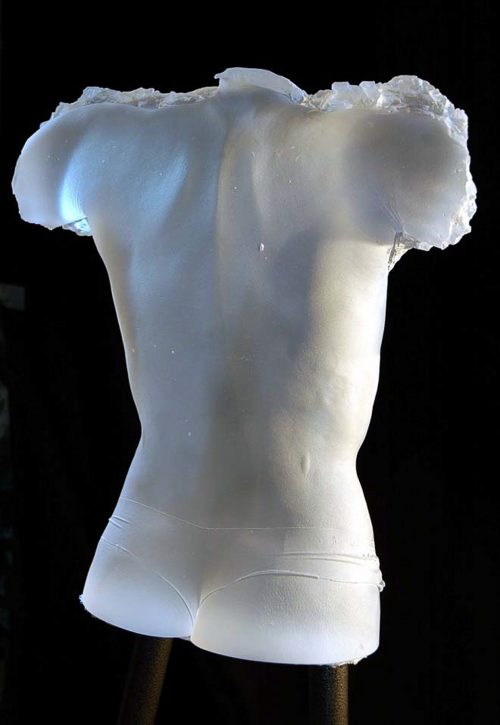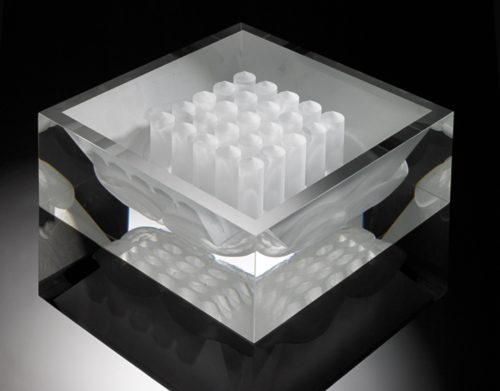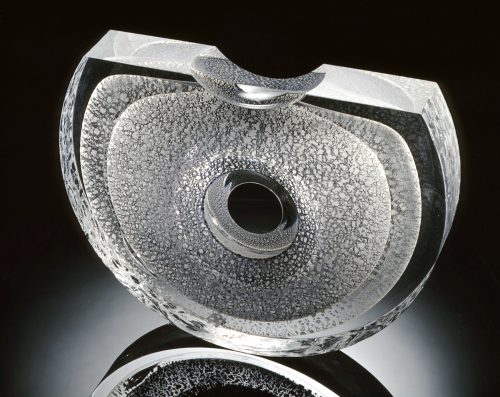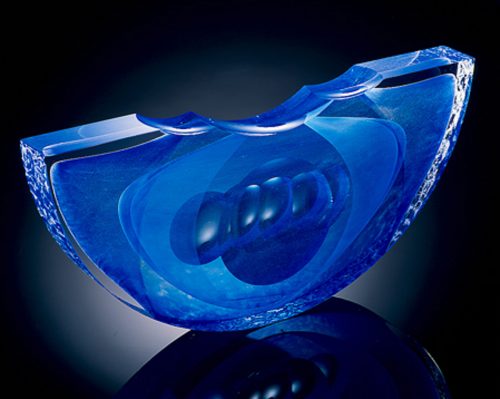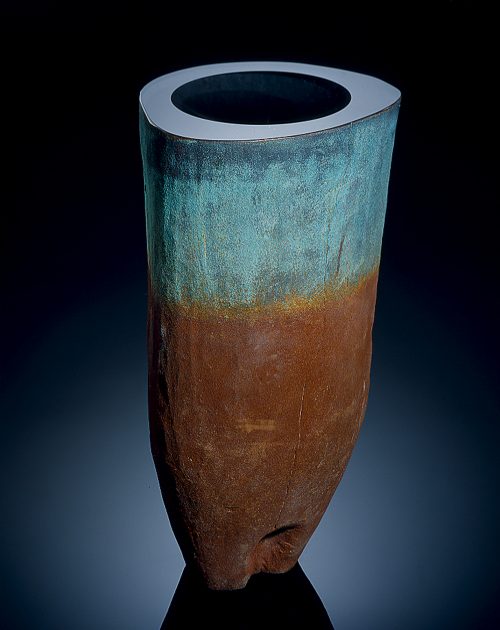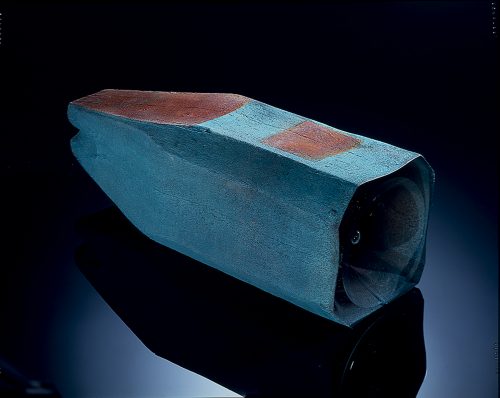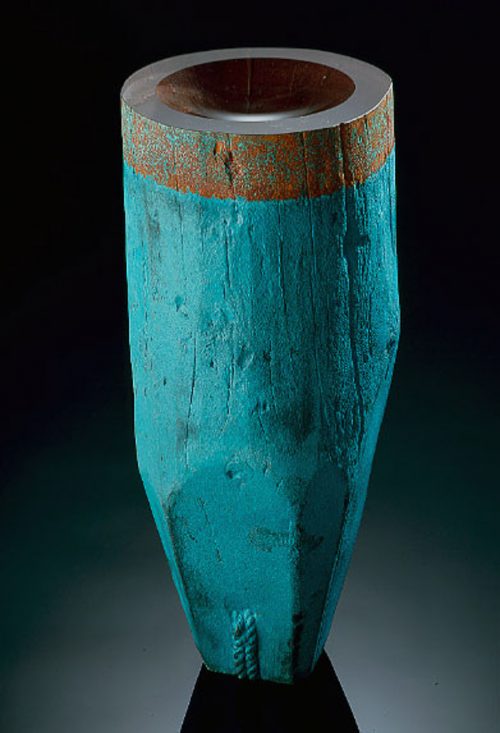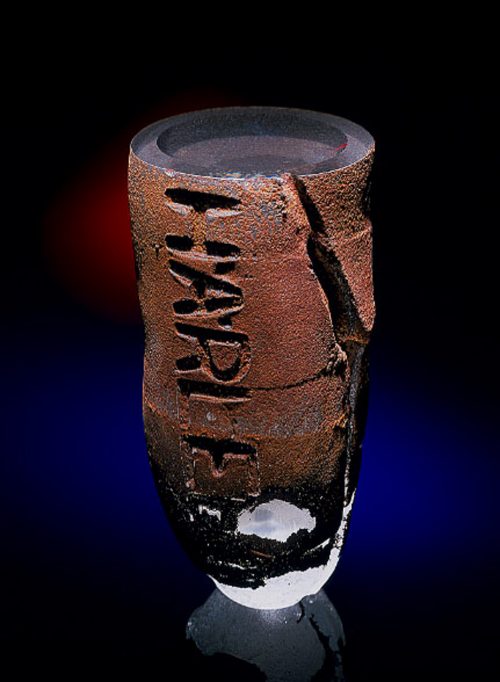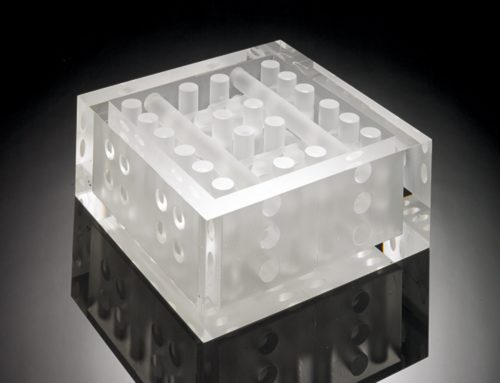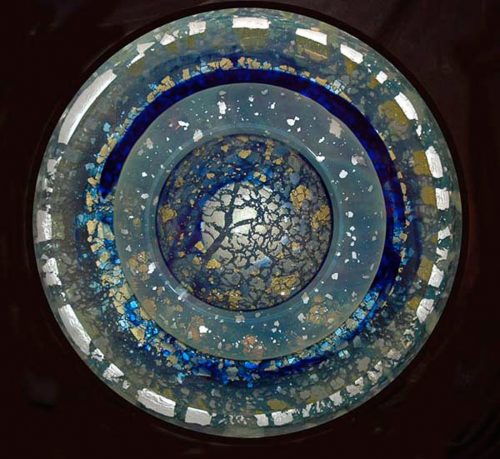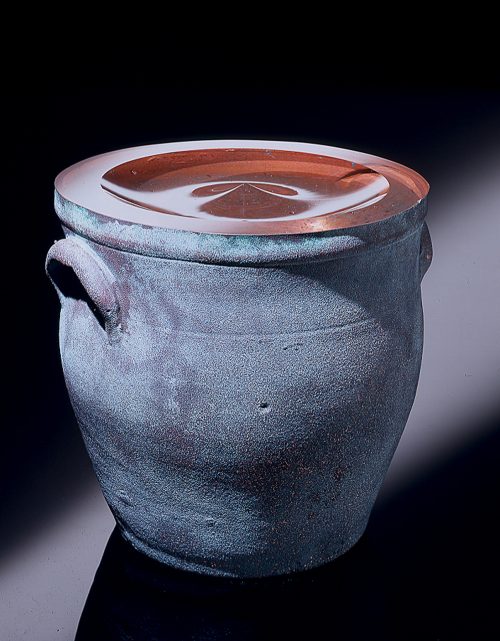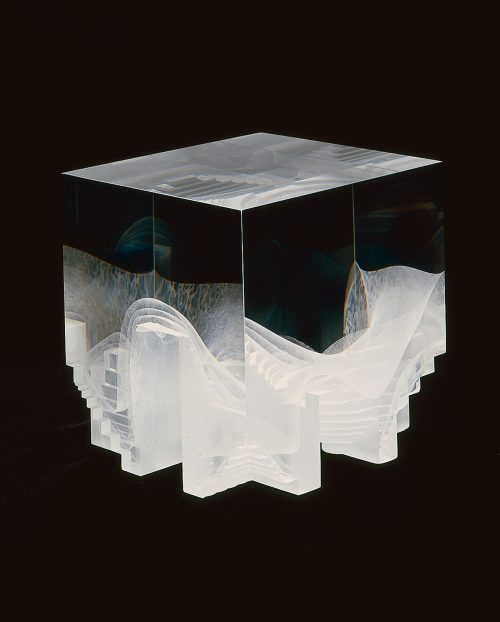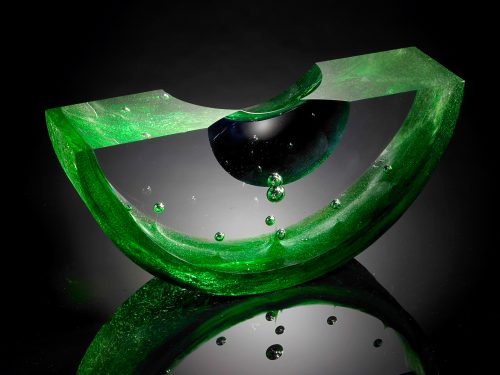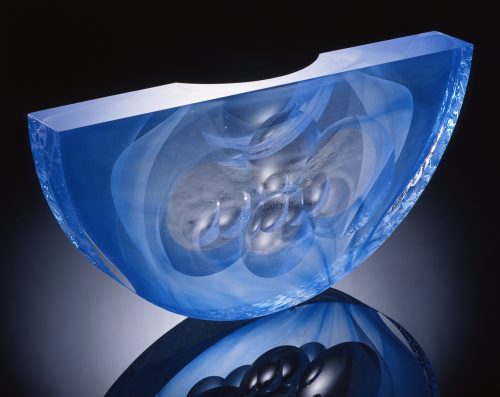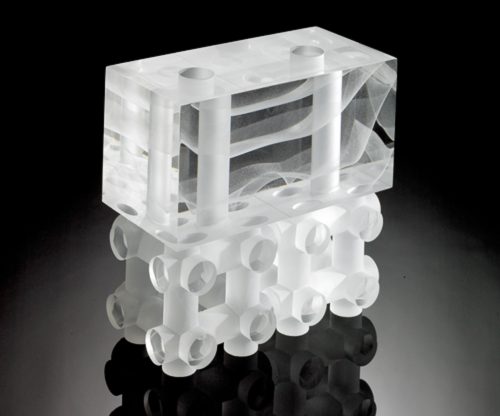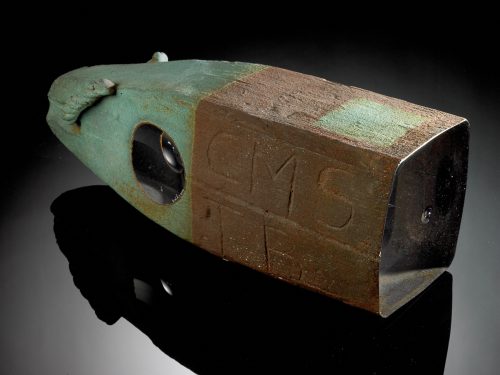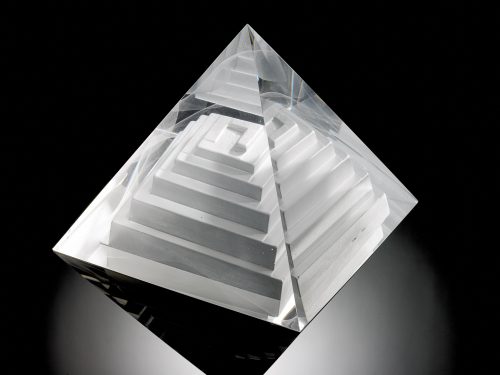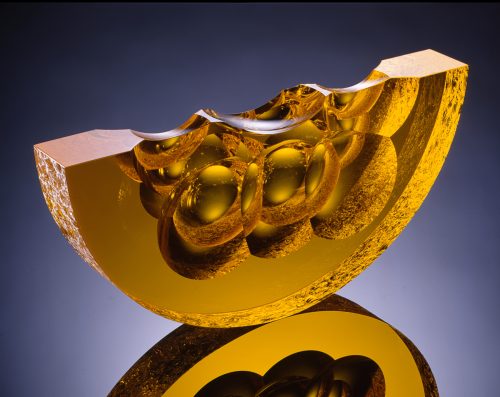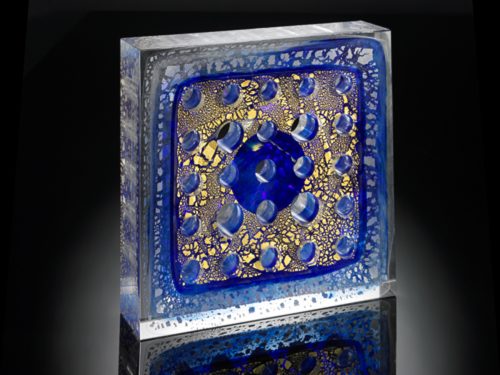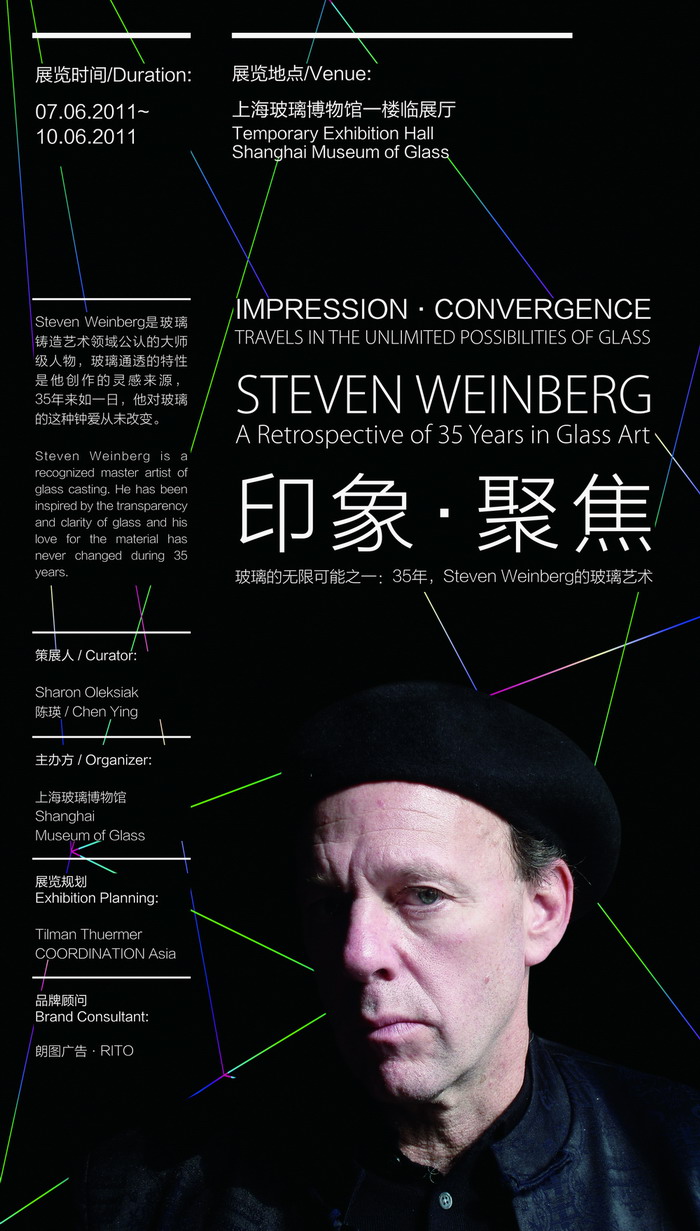
印象.聚焦 玻璃的无限可能之:35年 STEVEN WEINBERG的玻璃艺术 IMPRESSION - CONVERGENCE JOURNEY IN THE UNLIMITED POSSIBILITIES OF GLASS
策展人:Sharon Oleksiak, 陈瑛
展览时间:2011年7月6日-2011年10月6日
展览地点:上海玻璃博物馆一楼临展厅
展览规划:迪尔曼 图蒙|协调亚洲
品牌顾问:朗图广告
Curator: Sharon Oleksiak, Chen Ying
Duration: July 6, 2011 – Nov 6, 2011
Venue: Temporary Exhibition Hall, Shanghai Museum of Glass
Exhibition Planning: Tilman Thuermer | COORDINATION Asia
Brand Consultant: RITO
关于展览 ABOUT EXHIBITION
从本质上说,玻璃艺术在当代艺术领域发挥的作用,与印象派绘画在美术史,中国水墨艺术在人文方面所起的作用毫无二致,这些艺术家都是有远见卓识的人。他们在一本别人看不到的书中毫无困难地阐释着现实,这是玻璃艺术以其魔幻般的材料和精确的技术在我们面前所展现的世界。
上海玻璃博物馆选择史蒂文·温伯格作为第一个艺术家的展览是有所考虑的,我们希望能够真实、准确地介绍国际当代玻璃艺术的尖端部分,首先要考虑所选择的艺术家的重要和前卫以及对于当代国际艺术的理解程度。我认为每一个地方观众对艺术的了解有差异,美国的观众、中国的观众都会有不同的理解艺术的方式,这样艺术交流的重要性就体现出来了。玻璃艺术如何反映当代文化?国际最重要的玻璃艺术家在思考什么,在关注什么?这些都是观众希望了解的。
Fundamentally, the art of glass plays a role in contemporary art no less than that played by Impressionism in the history of art or of Chinese ink paintings in Chinese culture. The artists working with glass are visionaries, who reflect reality seemingly effortlessly in a manner unknown to others. This is a world depicted by artists using magical materials and precise technologies.
After serious consideration, the Shanghai Museum of Glass chose to feature the works of Steven Weinberg in its first exhibition. Through this exhibit, we hope that we can present the cutting edge of international contemporary glass art in a truthful and accurate manner. Therefore our first and foremost consideration is the importance and leading role of the chosen artist, as well as his or her understanding of international contemporary art. In my view, audiences from different places have different understandings of art. American and Chinese audiences understand art in different ways, which shows the importance of promoting cultural exchange in the arts. So how does glass art reflect contemporary culture? What do the world’s most important glass artists think about and focus on? These are questions that visitors can hope to answer by viewing the exhibition.
关于艺术家 ABOUT ARTIST
Weinberg的作品以其卓越的玻璃铸造工艺而著称,他的作品体现了玻璃的光影交错的空间立体感和晶莹剔透的唯美意境。
Weinberg出生于1954年,是新一代玻璃艺术工作室艺术家的代表。在七十年代初期,Weinberg在Alfred学习陶瓷艺术,但是他很快转换到了玻璃艺术,师从玻璃工作室艺术家先锋Andre Billeci和从英国的皇家艺术学院毕业的苏格兰艺术家Eric Hilton。
Hiton作为Weinberg的一位非常重要的导师,他鼓励Weinberg开拓新的技术,进行更为自由的玻璃吹制创作;同时,在这位导师的帮助下,Weinberg也开始学习和掌握玻璃的切割打磨技术。
此后,Weinberg又选择在罗德岛设计学院继续他的研究生生涯。在那里,他和Dale Chihuly一起工作。当时Dale Chihuly作为该学院的院长, Weinberg得到了他的教导,并开始成为一名职业艺术家。
1979年Weinberg正式毕业,并开始筹建自己的工作室,独立设计和打造工作室的所有设备,这在七十年代的美国是一种非常前卫的做法;如今,这种自有的玻璃工作室已在美国非常普遍。
近30年来,Weinberg一直从事玻璃艺术创作,并以此做为自己的事业,成为一名自由艺术家。他一直在罗德岛的工作室中,不断创作和创新,在这里诞生了众多不同系列的作品;同时,他也被邀请成为很多国际公司的设计师,为不同品牌提供设计。同时,Weinberg也非常关注中国,并坚信玻璃艺术未来的春天将在中国;他曾不仅一次来到中国,讲授玻璃艺术,同时也寻求在中国举办他的个人展览,让更多的人了解和喜欢玻璃艺术。
Weinberg focuses on the optical, transparent, and reflective qualities of glass in his solid, kiln-cast sculptures.
Born in 1954, Weinberg represents the next generation of studio glass artists. In the early 1970s, Weinberg also studied ceramics at Alfred, but he soon switched over to glass, working with studio glass pioneer Andre Billeci, and the Scottish artist Eric Hilton, who had come to Alfred from London’s Royal College of Art.
Weinberg found an important mentor in Hilton, who encouraged him to explore techniques and approaches other than the free-form style of glassblowing that was so popular at the time. With the help of Hilton, Weinberg began exploring cutting and grinding glass.
Weinberg chose to pursue his graduate studies at the Rhode Island School of Design so that he could work with Dale Chihuly, who headed the program there. Chihuly was another valued mentor who taught Weinberg how to be a professional artist.
Upon his graduation in 1979, Weinberg began to build his studio practice, and in his case, he literally built it, starting with the development and construction of his studio equipment. Although popular now, Weinberg’s interest in kiln-casting and in cutting and polishing glass was quite uncommon in American studio glass of the late 1970s.
Over the 30 years that Weinberg has been working with glass, he has made a living as an independent artist and he has worked as a designer for various companies. In the past decade, Weinberg, who lives and works in Providence, Rhode Island, has explored new directions in his work, which includes his recent series of cast glass “buoys” and life studies. He has also begun to teach and exhibit in China, a country that is just beginning to appreciate and train studio glass artists.
